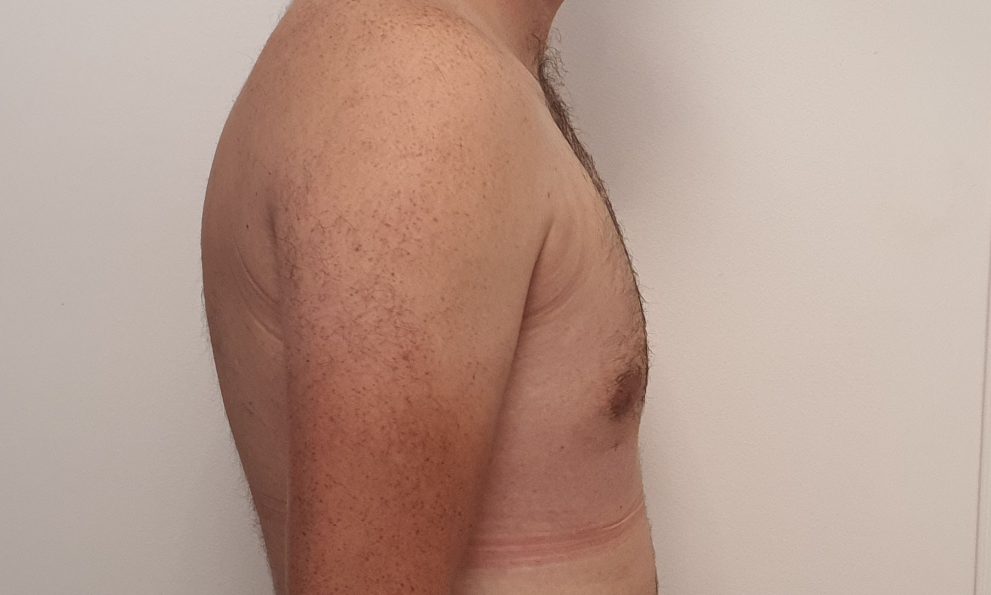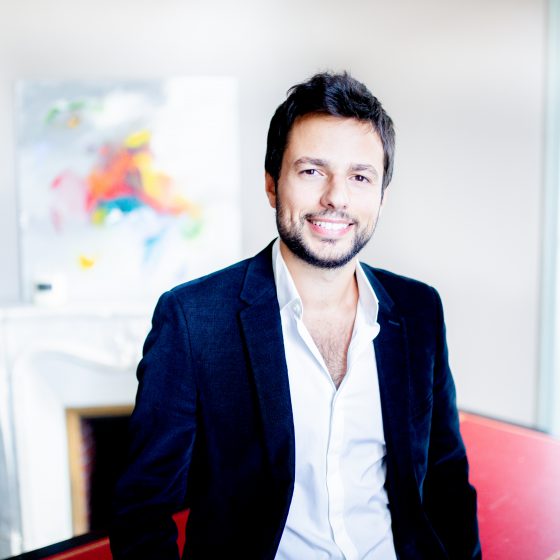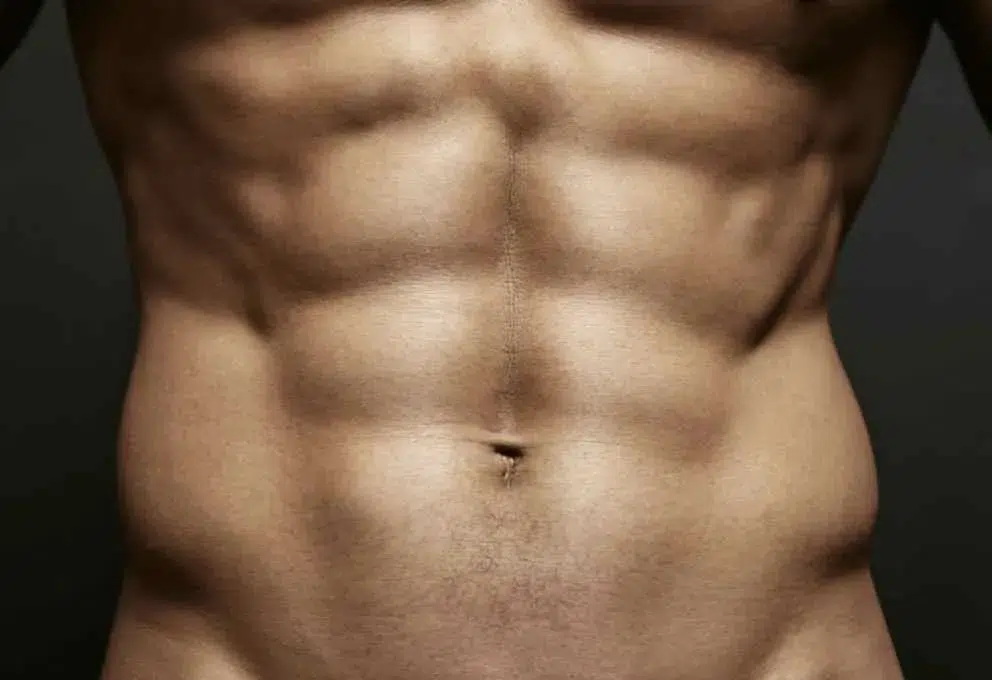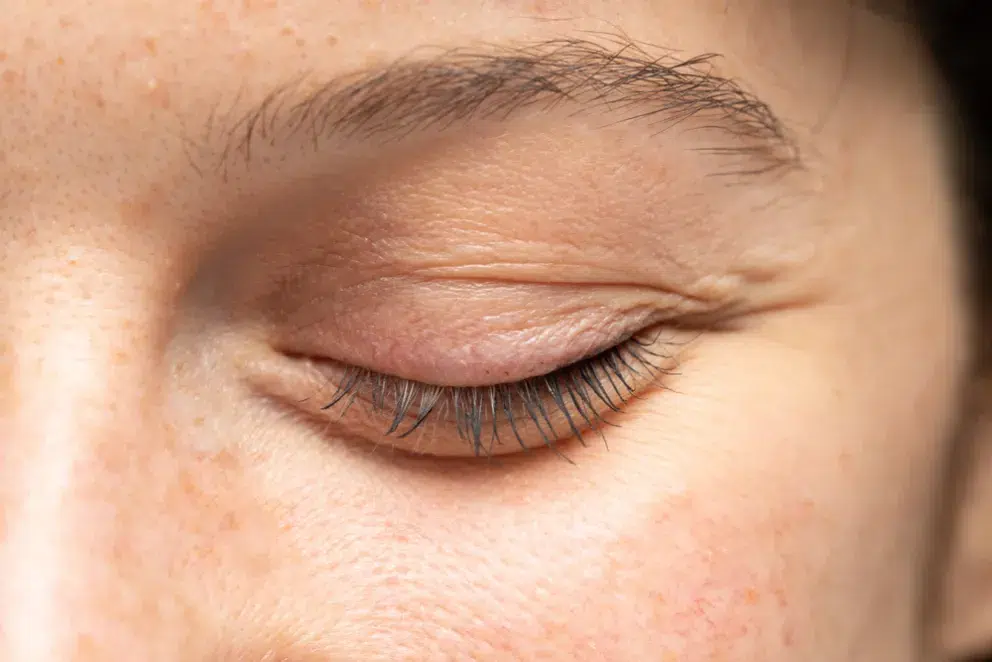GYNECOMASTIA TREATMENT IN PARIS
Gynecomastia is a condition affecting men. It is characterized by a protuberance on the nipples and breasts. An operation can remove this glandular excess, which can cause real discomfort.
Your Questions
FREQUENTLY ASKED QUESTIONS ABOUT GYNECOMASTIA
WHAT IS IDIOPATHIC GYNECOMASTIA?
Gynecomastia is said to be idiopathic when there is no causal factor responsible for the increase in breast volume.
The most common secondary causes of gynecomastia are :
- Metabolic or endocrine ;
- Linked to a medical treatment ;
- Cancerous (rarely).
Before proceeding with a gynecomastia cure, all these potential causes must be eliminated.
The treatment of secondary gynecomastia is that of its cause (treatment of the disease, discontinuation of the treatments responsible, etc.).
Bilateral gynecomastia (on both breasts), which appears in adolescence, is most often idiopathic.
WHAT ARE THE SCARS FROM GYNECOMASTIA TREATMENT?
Scarring depends on the technique used.
In the case of adipose gynecomastia with simple liposuction, only small scars are required (around 4 mm). These are due to the incisions used to insert the liposuction cannulas.
If excess glandular tissue needs to be removed, an inferior hemi-areolar scar (under the nipple) is unavoidable.
If it is necessary to remove some skin to secure the nipple, the surgeon can create a scar. around the areola.
If the excess skin is very large, a horizontal scar under the breast may be necessary.
Scars around the nipple and under the nipple are generally inconspicuous or even invisible.
IS GYNECOMASTIA COVERED BY SOCIAL SECURITY?
Some patients are covered by Social Security, others are not.
In case of glandular gynecomastia (glandular nucleus on mammary ultrasound), a coverage is possible.
In the case of covered surgery, the patient pays the surgeon's and anesthetist's fees. These fees are partially covered by mutual insurance companies.
Unfortunately, if the gynecomastia is solely fatty, it falls into the category of plastic surgerywhich is not covered.
HOW MUCH DOES A GYNECOMASTIA TREATMENT COST?
The price depends on :
- Whether or not the procedure is covered;
- The technique used.
Indeed, depending on the surgical technique(s) used, the operating time will vary. The longer the operation, the higher the price.
A simple liposuction will be less expensive than a liposuction with removal of the mammary gland and round-block.
DOES THE SHAPE OF THE AREOLA CHANGE AFTER GYNECOMASTIA?
The areolas are often enlarged by gynecomastia.
In the case of liposuction alone, there will be little or no change in the shape of the areolas.
On the other hand, if a round-block is performed, the shape of the nipples may be altered. In most cases, their size is reduced.
It should also be noted that post-operative sensitivity disorders may appear. Usually, these symptoms disappear after a few days. If this is not the case, discuss it with your surgeon.
YOU MAY BE INTERESTED
IN THESE SECTIONS
TO DR. DJIAN







